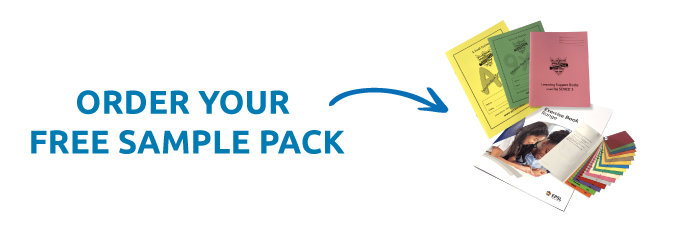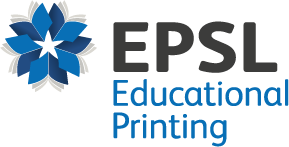For over 45 years here at EPSL, we’ve been providing the education sector with high-quality exercise books, personalised exercise books and supplementary reading materials . So, we know just how vital effective classroom management is to your students' productivity and academic and social progression. It helps regulate the classroom environment and re-direct any focus lost through inappropriate or disruptive behaviour. Here are four ways to effectively manage your classroom and set boundaries with your students to encourage and foster a positive learning environment.
Establish a classroom routine for your students
Everyone benefits from a stable routine, whether children, teenagers or adults. Young children especially benefit from a classroom routine as it helps to make them feel more at ease and less anxious about what each day may hold. Knowing what to expect can help to provide a sense of security and reduce any confusion they may experience. When a well-planned daily routine is set in stone, teachers will notice a better classroom flow and smoother transitions between tasks and subjects.
Great ways to implement a classroom routine include:
- Set a clear reward and reprimand system for your students
- Complete specific activities at a certain time every day or week, e.g. tidy-up times, golden time, morning, quiet time, lining up routine etc.
- Make lists of the daily classroom activities for each day so the children can familiarise themselves with each day. Hang this where students can easily see.
- Adjust the routines as necessary to best suit your students so they adjust faster to the newfound system.
Set clear behavioural expectations
Having clear rules and boundaries set from the start will help your students quickly understand what is and isn’t appropriate in the classroom. This clear communication of behaviour expectations will give the children something to adhere to, especially when these rules are consistently reinforced with positive feedback.
Acknowledging when pupils are well-behaved and praising them for their efforts will not only help build mutual respect between the teacher and class and help students feel seen, but it will also increase their behavioural awareness and incentivise them to behave well.
Manage time effectively
While being flexible is undoubtedly one of the great tools in a teacher's arsenal, sometimes work must be completed within a given timeframe. To help your students with the process, create clear and concise lesson plans that are easy to follow. This works especially well with young children who can be easily distracted. A great way to introduce this system to your class is by starting with easily digestible bite-sized chunks of work that can be quickly completed. It will help them become more familiar with working within a given timeframe and help them develop a confident and self-directed attitude towards their work, which are excellent skills they'll benefit from throughout their time in education.
Utilise the CASPER approach
CASPER is a widely used and handy tool to use for teachers to utilise for classroom management. It’s an easy and efficient way to help you remember the key stages and ideas effective classroom management before taking any steps.
CASPER stands for:
- Calm - When interacting with your students, especially if they are misbehaving, maintain a calm demeanour, even if they do not. This will set the standard for how you expect your students to behave.
- Assertive - Always maintain your authority when dealing with your class. Always keep eye contact, for example, and set clear boundaries with your students for what you expect from them as a teacher. It’s essential to be a leader and a model for your class.
- Status preservation - Always reprimand your students one on one. Embarrassing them in front of their friends or peers will only worsen any behavioural problems. To maintain mutual respect and breakthroughs with your students, always speak with them individually when you have concerns.
- Empathy - Always have empathy for your students. Understand that there’s almost always a reason for an outburst or bad behaviour, and try to understand how your students feel. Addressing the root of the problem will always yield better results than chastising the symptom.
- Respect - All great relationships are built on mutual respect, and it’s no different for teachers and students. Always respect your students even if they fail to do so in return. Reinforce your expectations for your class by setting a positive example for them.
With these techniques, you’ll easily be able to maintain a positive and workable classroom environment. Effective classroom management isn’t always about being strict, but consistent regarding your rules, boundaries and routines. With effort, thought, mutual respect and time, you’ll easily be able to turn your classroom into one that’s efficient, healthy and has great payoff both academically and socially for your students.
Further supplement your student’s well-being by supplying them with quality printed supplies to work on. At EPSL, we provide a vast range of school exercise books, personalised exercise books, and supplementary reading material you can use in your classroom. Check out these products on our site - and if you have any inquiries, feel free to give us a call on 01254 686 500. We’re always happy to help!






